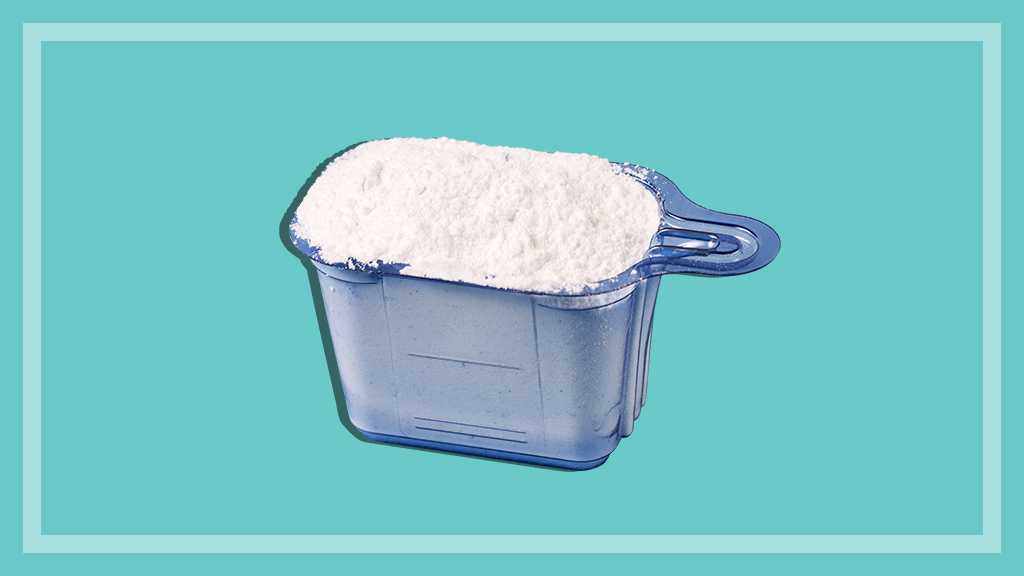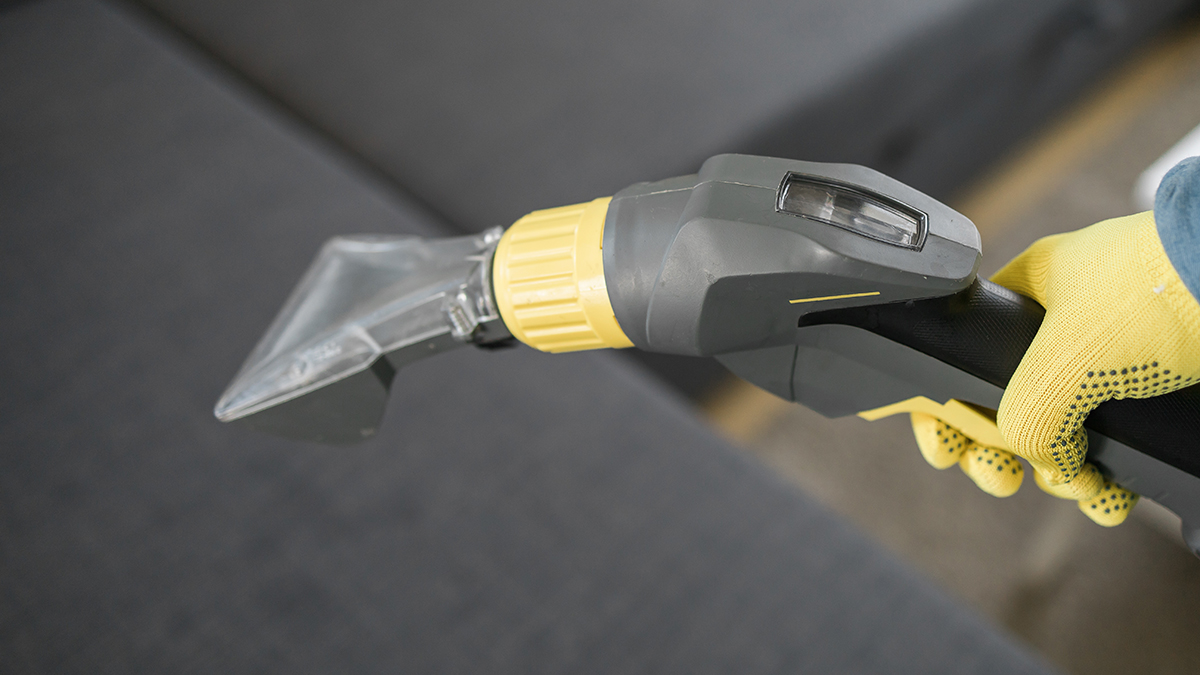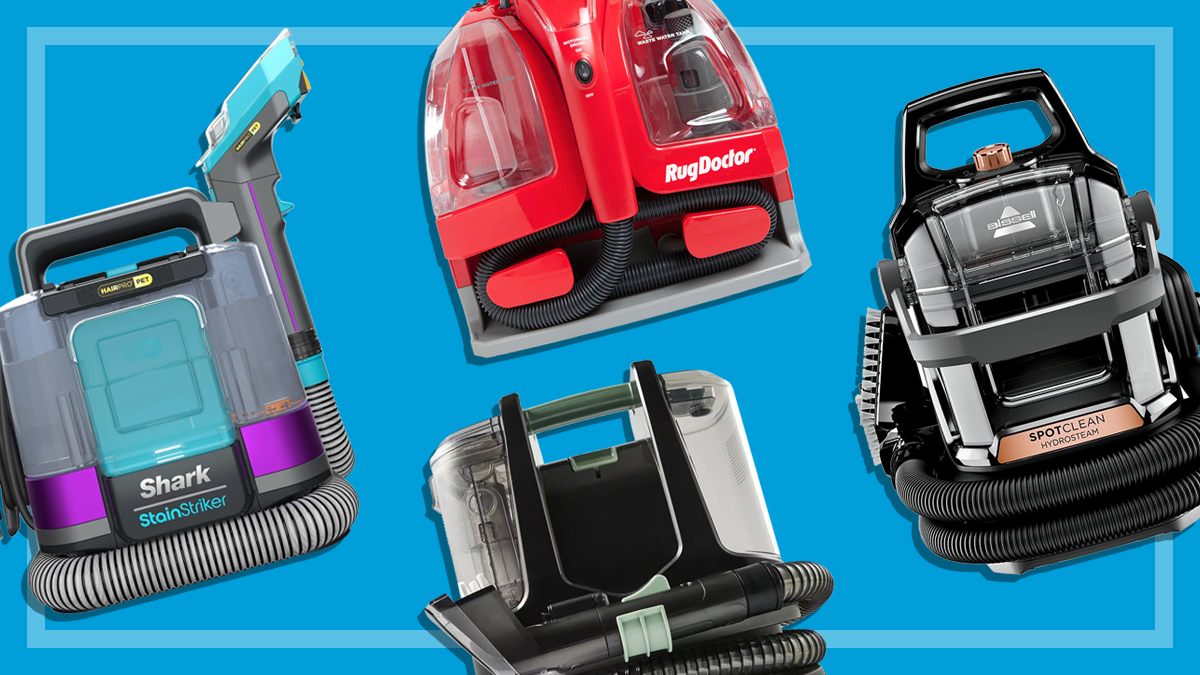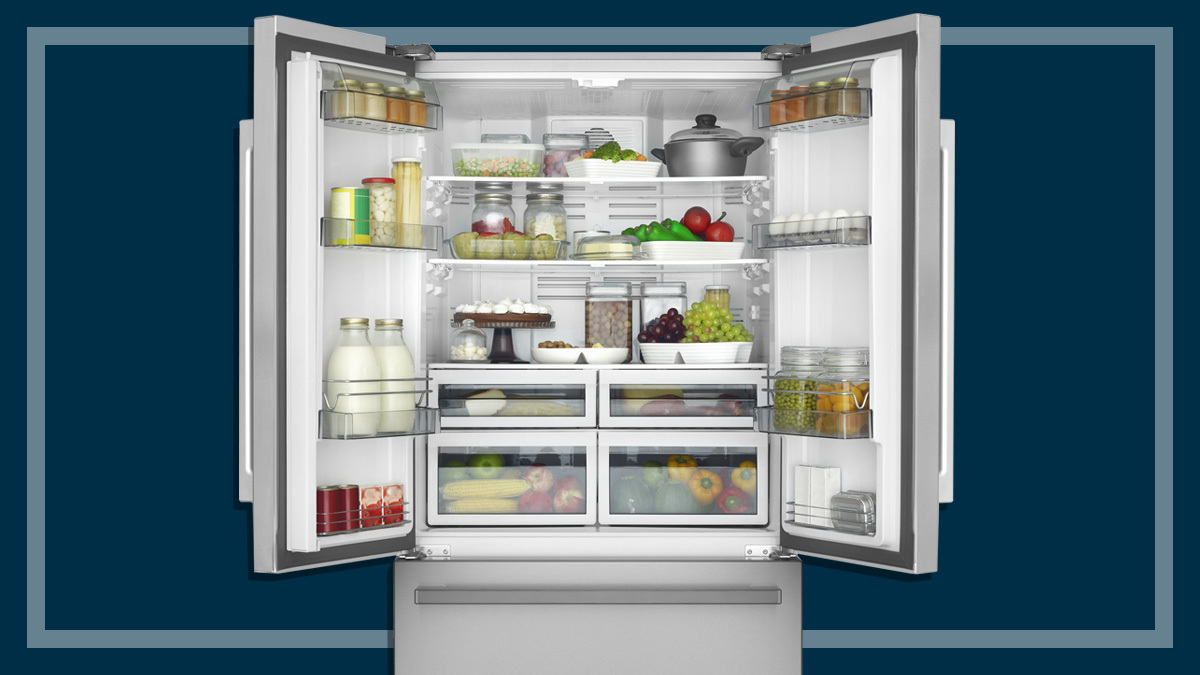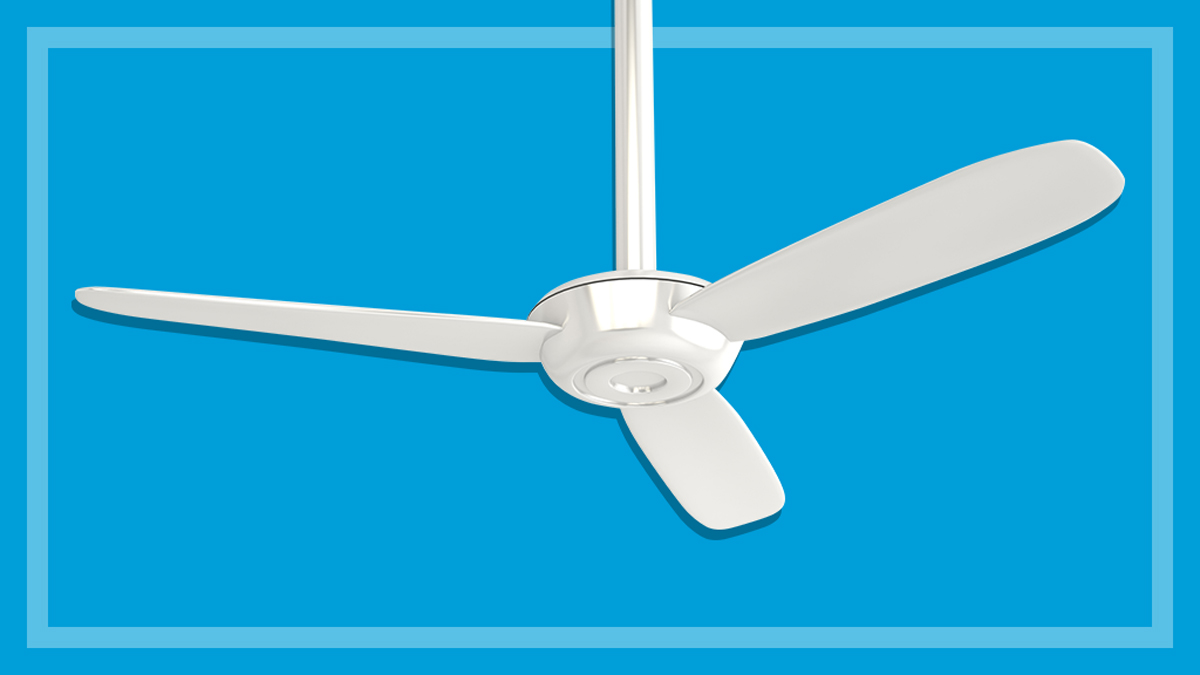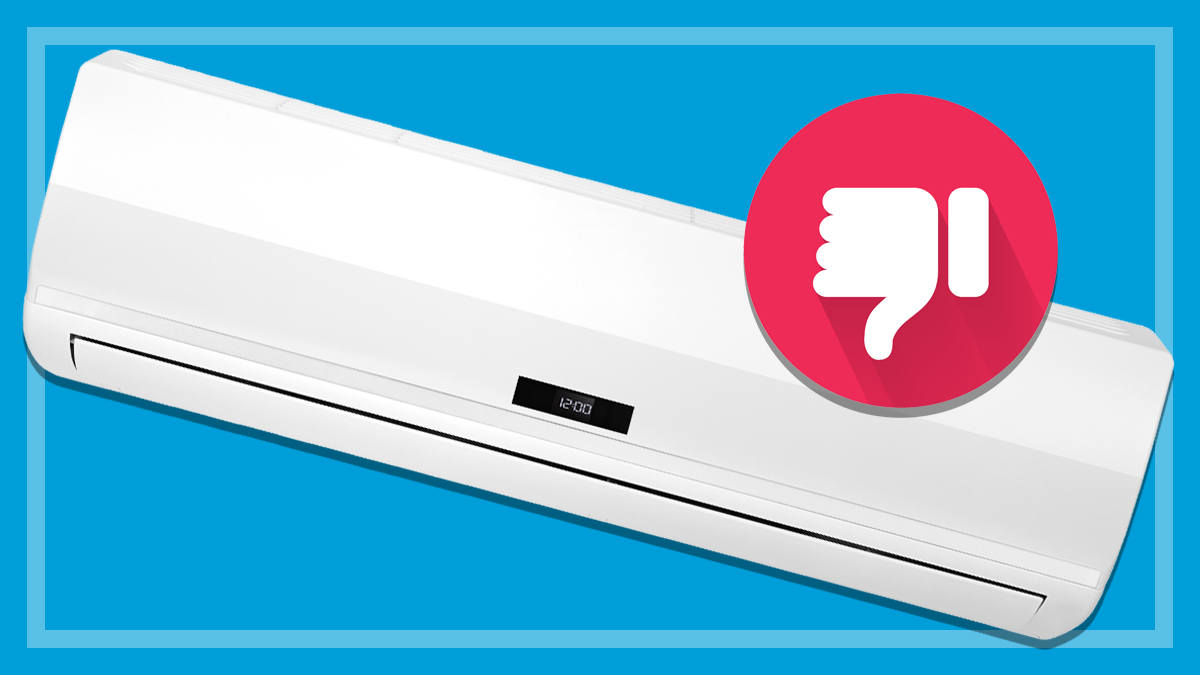Get our independent lab tests, expert reviews and honest advice.
How green is your laundry routine?
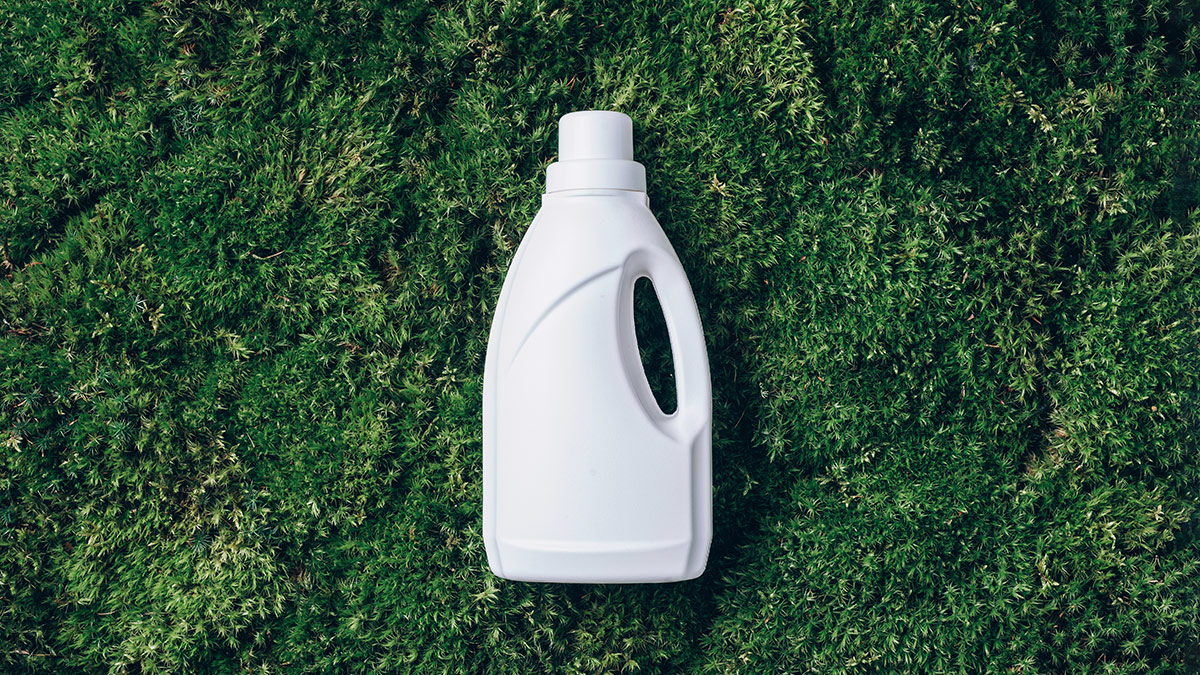
Need to know
- Washing less frequently is the best thing you can do for the environment
- Choose your detergent with care and use less than the recommended amount
- Avoid tumble dryers as much as possible
If you’re concerned about climate change and the environmental impact of the decisions you make in your daily life, you might be thinking about how to do your laundry more sustainably.
Research shows that around 45% of Australians consider sustainability when deciding what to buy, so it stands to reason that a good number of us probably want to make sure the decisions we make when we do our laundry are eco-friendly too.
Dos and don’ts for a green laundry routine
Are your wash-day habits more harmful to the environment than they need to be?
Dos
Wash less often
Only wash clothes when they need it and wait until you have a full load: you’ll use less energy and water
Use cold water
This not only saves on energy it also helps preserve fabrics
Choose a shorter cycle
Opt for the shortest effective wash cycle
Line dry
Hang your washing outside or on a rack in a sunny, well ventilated room
Pick the right detergent
Look for minimal, gentle ingredients and don’t use too much
Don’ts
Avoid fabric softeners
They’re petrochemical-based and leave residue.
Avoid tumble dryers
They consume a lot of energy and can degrade fabrics
Wash less frequently
Leah Giblin is a sessional academic and textiles technician at the University of New South Wales, currently completing a Master’s in fashion and sustainability. She advises that washing less frequently is the first and most effective step you can take to reduce the environmental impact of your laundry.
“It’s easy to fall into the habit of throwing things into the wash after one wear, regardless of whether they’re actually dirty. But excessive washing wears out clothing faster, releases microplastics and chemicals into our waterways and consumes significant amounts of water and energy. Before washing, do a quick sniff test or visual check – if it looks and smells fine, wear it again,” she says.
Giblin suggests that instead of washing after one wear, we try alternatives like airing garments in the sun, which eliminates musty smells and kills bacteria, spot cleaning small stains, or steaming with your iron’s steam function to kill bacteria and smooth wrinkles.
Giblin also suggests spritzing with a natural deodoriser, which can be made by combining 1/3 vodka, 2/3 water, and a few drops of eucalyptus oil in a reusable spray bottle. “Spray underarms or other odorous areas, then air out thoroughly,” she suggests, adding that you should always patch test on an inconspicuous area first.
The size of your load
As well as washing less frequently, consider how many clothes you wash at one time.
While the average laundry basket only holds about 3.5kg, most washing machines can take much more. In fact, our laundry experts tell us that if you fill your washing machine to its capacity by weight, you may struggle to close the door.
Even if you don’t want to pack your machine quite that tightly, it’s still good to do fewer loads, since each time you run your machine, you’ll be using water and energy – exactly how much depends on your machine. For example, the most energy-hungry machine in our most recent tests used three times the amount of energy as the machine with the lowest energy use.
About 90% of the energy your washing machine uses goes to heating the water, so an eco mode that uses cooler water will make a big difference
To find a washer that uses less power, look for a machine with a five-star energy rating. Our washing machine reviews help you filter out those machines that don’t meet this rating, so you can choose a model with a lower environmental impact.
If it has one, you can also choose to run your machine using eco-mode. Most of the energy your washing machine uses – about 90% – goes to heating the water, so an eco mode that uses cooler water will make a big difference. Even without using any special eco settings, washing in cold water is a good idea. Our testing has found the difference in results between washing in cold and hot water is minimal, so switching to a cold wash won’t make your clothes any less clean.
Saving water
Electricity isn’t the only resource being used when you chuck on a load of laundry. Australia is the second-driest continent in the world and the driest inhabited continent. While some parts of the country may experience abundant rainfall, there are plenty of arid regions that deal with dry conditions every day.
If saving water is a priority for you, choose a front-loading machine. They’re far more water efficient than top loaders, using half as much water.
As well as filtering for energy rating, our reviews allow you to filter for water star ratings, so you can choose a machine that uses less water.
Your choice of detergent
There is no shortage of laundry products touting eco claims, whether that’s based on ingredients, packaging or because they’re refillable, but it’s hard to know if they’ll actually do a decent job. Unfortunately, not all the products making environmental claims perform well in our lab testing.
While laundry sheets are consistently promoted as an eco-friendly alternative to traditional liquid and powder detergents, CHOICE head of testing Matthew Steen suggests they may not deliver. In our most recent reviews of laundry detergents, three laundry sheet products were among the lowest scoring in our tests.
“The concept of laundry detergent sheets is great, but the execution isn’t quite there yet,” says Steen. “With some more development, they may live up to their potential, but for now, we don’t think they’re a great buy.”
If you’re looking for a product with environmental credentials you can trust, check out our laundry detergent reviews. They include Shop Ethical ratings for each of the companies making the products we test. These ratings consider the environmental and social impact of the company, using independent sources, and rank them from A (highest) to F (lowest).
More detergent doesn’t mean cleaner clothes. Using too much can leave a residue and reduce effectiveness
Leah Giblin
Giblin advises that when choosing a laundry detergent, you should look for options that are greywater safe, made with biodegradable ingredients, phosphate-free, made from plant-based surfactants and free from optical whiteners and brighteners. She also advises looking for options that don’t contain artificial fragrances and that are allergy-friendly.
Regardless of which product you choose, using less laundry detergent is a great way to reduce your impact on the environment. Our testing consistently finds that you only need to use around a third of the recommended dosage to still get a good result. By using less, you’ll not only save money you’ll also reduce your impact on the environment.
“More detergent doesn’t mean cleaner clothes,” says Giblin. “Using too much can leave a residue and reduce effectiveness.”
Giblin also advises against using fabric softeners. “They’re petrochemical-based and leave residue,” she says. Our CHOICE experts agree, arguing that even fabric softeners that claim to be eco-friendly create a carbon cost for their production, packaging and transportation, all for a product that you don’t really need.

Drying your washing
Begin by ensuring your washing machine is spinning as much of the moisture out of your clothes as possible. Front-loaders are generally better at this than top-loaders, as they tend to have faster spin cycles. This will mean less drying time, no matter what method you choose.
Drying your clothes outside in the fresh air is the best way to reduce your impact on the environment. Apart from choosing to line-dry rather than tumble-dry, you could also rethink your use of the ubiquitous plastic clothes peg. They not only increase plastic pollution but also often don’t last terribly well due to their tendency to deteriorate when exposed to the sun.
Instead, wooden, bamboo, or stainless steel pegs can be a great alternative. Steel clothes pegs are durable, rust-resistant and can be recycled. Bamboo or wooden pegs are less durable than stainless steel, but will be biodegradable at the end of their life.
But what if the weather is so wet that you can’t use the sun’s energy to dry your clothes outside? If that’s the case, drying your clothes inside on a clothes horse is the next best option.
“Avoid using a dryer wherever possible,” says Giblin. “They not only use a lot of energy, but their heat can degrade fabrics.”
If you’re drying clothes inside, choose a space with air that is sufficiently dry to absorb the evaporating moisture. Air circulation, whether natural or created with a fan, air conditioner or dehumidifier, can help.
Using a tumble dryer
If you decide you need a tumble dryer, consider the options. If you intend to use it frequently, a heat-pump dryer rather than a traditional vented dryer may be the better option. While heat-pump dryers are expensive to buy, they are cheaper to run than vented dryers because they use less energy.
However, if you’re not a frequent dryer user, bear in mind that there are fewer materials in a vented dryer, and a good deal more of them are readily recyclable at the end of the machine’s life, so don’t rule them out entirely.

